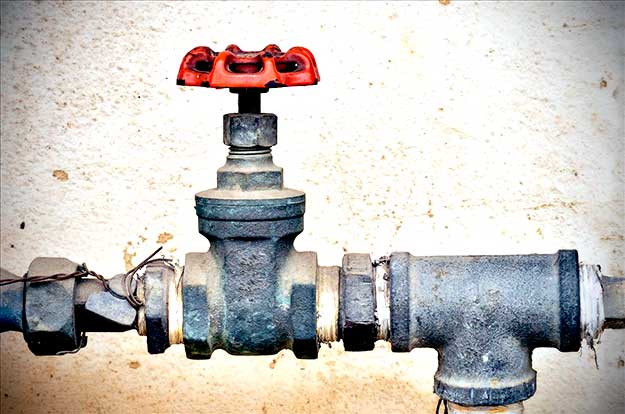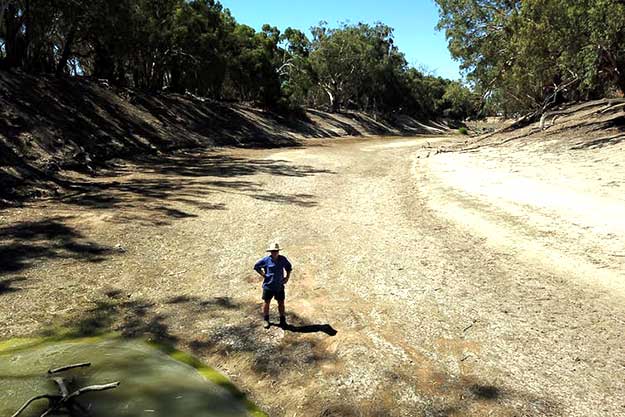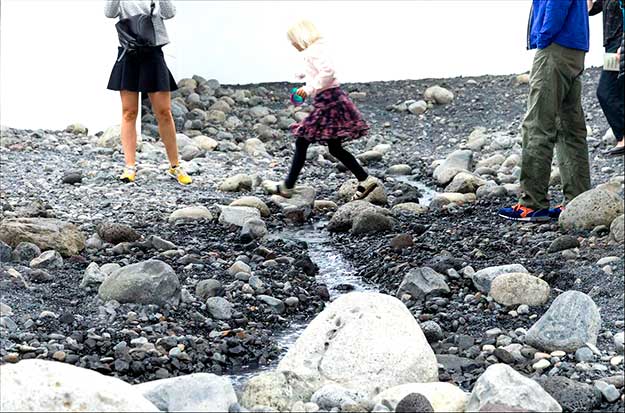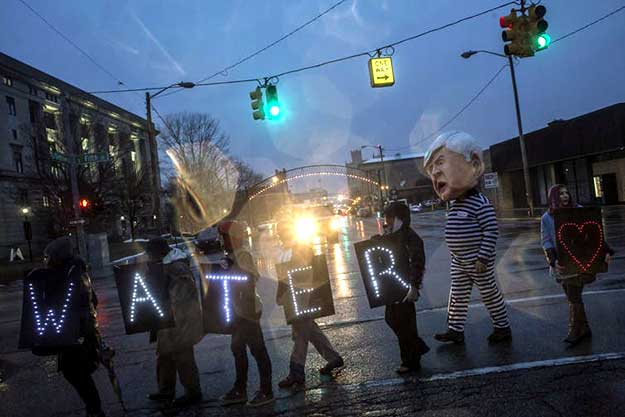We worked behind the scenes with dozens of journalists on “Tainted Water,” a year-long investigation into lead-contaminated drinking water in Canada. We were shocked by the results.
The journalists, co-ordinated by Concordia University’s Institute for Investigative Journalism, retrieved the results of municipal lead tests from 14 Canadian cities via Freedom of Information Act requests. They also collected water samples by knocking on doors and interviewed people who assumed their water was safe.
As the results poured in, any illusions we had about widespread compliance with lead safety standards for drinking water quickly evaporated. Read more






